Sound generation
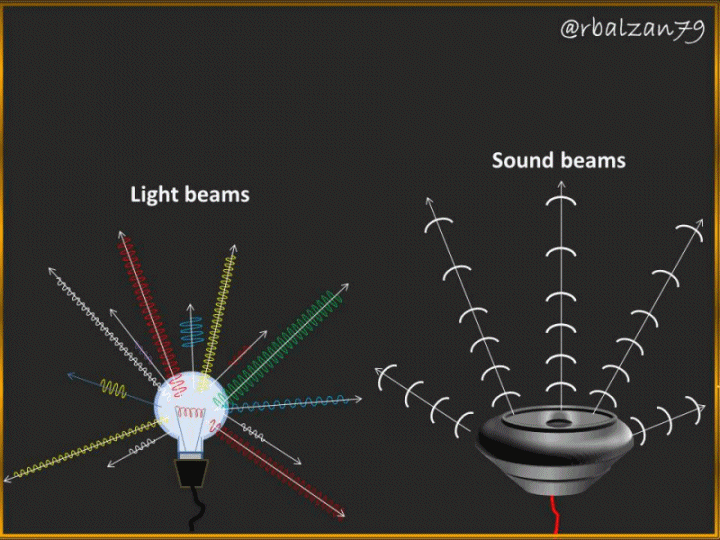
Introduction
Undoubtedly, two important phenomena such as movement and light are constantly present at our side, and they influence the development of other fundamental phenomena such as sound, and we will be talking about the latter in general in this opportunity, and initially we can say that the phenomenon of sound allows us to capture through our auditory sense the different signals emitted from any space-time of our environment, therefore, through sound we hear the wonderful sound language of our splendid nature or of any vibrating particle component of a particular body or object, whether artificial or natural origin.
Therefore, in this article we will relate to the generation of the phenomenon of sound, and for this we must express that if we want to generate the sound it is necessary to originate vibrations of the component particles of certain body or objects around us, this action of vibration is the one that generates sound waves which propagate through a material or elastic medium such as the air around us until these waves reach our ears, and these manage to capture the original disturbances that gave rise to the sound.
Sound is also a clear example of wave motion originated by the vibrations described above, it is important to express that we will go deeper into essential physical principles such as the conceptualization of sound, and how it has a notable influence on our entire existence.
When sound waves expand, undoubtedly, in many occasions they will get any kind of obstacles in their way, which makes them change direction and sense, taking place intrinsic phenomena such as reflection, absorption, refraction, diffraction, among others, therefore, my dear readers, my purpose is to cover the behavior of sound as it propagates in a straight line, in the form of sound rays, as expressed in the essential area of geometric acoustics.
Therefore, the geometric theory implemented in acoustics has allowed us to replace the definition of wave by that of sound ray, and therefore, such ray will follow the directionality with which sound waves propagate, and in this way the sound ray is also subject to the same principles of propagation of the light ray, i.e., straight line.
Therefore, according to Fermat, any kind of waves (in this case sound) propagate from a certain emitting source to a certain receiver, following the fastest path or path, and thus the shortest possible, and being such propagation totally free of any obstacle, the path drawn will be the geometric location of a straight line, otherwise it is because some material to hinder such propagation, and thus, these rays will bend or refract.
The sound
This important phenomenon as we have expressed originates thanks to a certain vibration of those particles components of an object or body, and we perceive them because we are immersed in an elastic medium such as air, therefore, this is how our auditory systems (ears) can capture the language of sound, and with the help of geometric theory we can analyze the sound in the same way as it is done with a ray of light, that is, with rectilinear propagation and in all directions, as you can see in Figure 1 below.
Figure 1. Sound beams Vs light beams
In the previous figure 1, you can easily notice how we will analyze the sound waves when they are emitted by a certain sound emitting source, this geometric theory allows us to simulate how certain sound waves or sound rays arrive at a certain receiver, but, this aspect will be analyzed in future installments through the intrinsic phenomenon of reflection.
It is important to always keep in mind that the sound waves that transport the sound are of longitudinal type, this is due to the fact that the particles that are linked to such vibration oscillate parallel to the direction of such sound waves, below you can see an example of this type of longitudinal waves through the implementation of a spring as shown in figure 2.
Figure 2. Sound energy propagation (Longitudinal waves)
Now it is important to analyze the propagation capacity of sound in material media such as solid, liquid and gas, therefore, in relation to the conformation of the particles or molecules of these media, the sound will move with greater or lesser speed by any of these material media, but this can be seen in the following figure 3.
Figure 3. Propagation of sound in solid, liquid and gaseous materials
There are many examples of both generation and propagation of sound that we can find around us, this we can visualize in the following vibration that we can easily observe that generates disturbance in the elastic medium such as air, therefore, generating longitudinal sound waves of pressure, as you will see in Figure 4 below.
Figure 4. Vibration of an elastic body generating sound waves
In the previous figure 4, they could verify a remarkable example of vibratory mobility which originates longitudinal sound waves, with this important figure 4 we will analyze essential characteristics of the sound and these are:
Cycle
This important characteristic indicates that our flexible rustic antenna has passed twice consecutively and in the same direction through the stable equilibrium point (e).
Vibration amplitude
This indicates the maximum travel of the flexible body on one side of the stable equilibrium point, either from ee' or ee''.
Peak-to-peak amplitude of vibration
This characteristic shows the maximum path from end to end, that is, from e' to e''.
Period (T)
Represents the time interval, in seconds, implemented by the flexible antenna to perform a complete cycle.
Frequency (f)
This aspect indicates the number of cycles developed in one second, being its unit the Hertz (Hz).
Propagation speed
This as we see clearly shows us the speed with which longitudinal sound waves move or expand through a given material or elastic medium, depending on the properties of the medium, this will determine the speed of propagation, this magnitude is expressed in m/s, and in air at normal conditions is approximately 340 m/s, in water 1290 m/s, glass 5000 to 6000 m/s.
As we know, our body is endowed with innumerable vibratory mobilities for its proper functioning, therefore, a clear example would be our vocal cords and they vibrate to produce the sound of our voice, this can be visualized in the following figure 5.
Figure 5. Vocal cords vibrating and generating sound waves
In the previous figure 5, we could relate to a very natural form of vibration, and thus with the generation of sound waves, and these are responsible for transporting our voice either to our own ears or to the ears of all those who are around us.
Conclusion
Sound, as well as movement and light, are essential phenomena for mankind, and we are all witnesses of this. In this article we were able to demonstrate that the generation of sound is extremely linked to vibratory movement, since without vibration, sound would not be generated.
In the development of this article we related to important characteristics of sound such as cycle, vibration amplitude, peak-to-peak amplitude of vibration, period, frequency, propagation speed, these characteristics allowed us to analyze the generation of the phenomenon of sound.
We can find sound in any part of our existence and above all in our own physical entity, as we were able to demonstrate in the example of our vocal cords, therefore, in other publications we will continue to deepen our understanding of the essential phenomenon of sound and its intrinsic influence in our lives.
Until another installment my dear readers of Hive.blog, especially to the members of the great community of #Stemsocial, which receives the support of another wonderful community as #curie, so I highly recommend to be part of this exemplary project, as they allow us to highlight the wonderful work of academia and the enormous work of the entire field of science.
Note: All images are my own and were created using Power Point, and the animated gif was created with the PhotoScape application.
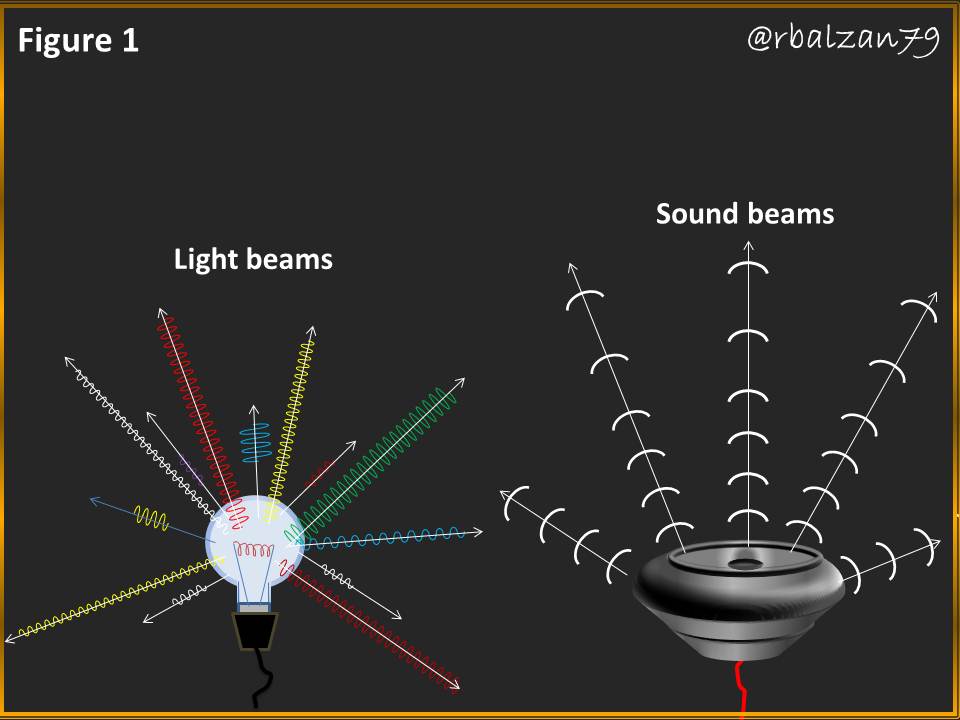
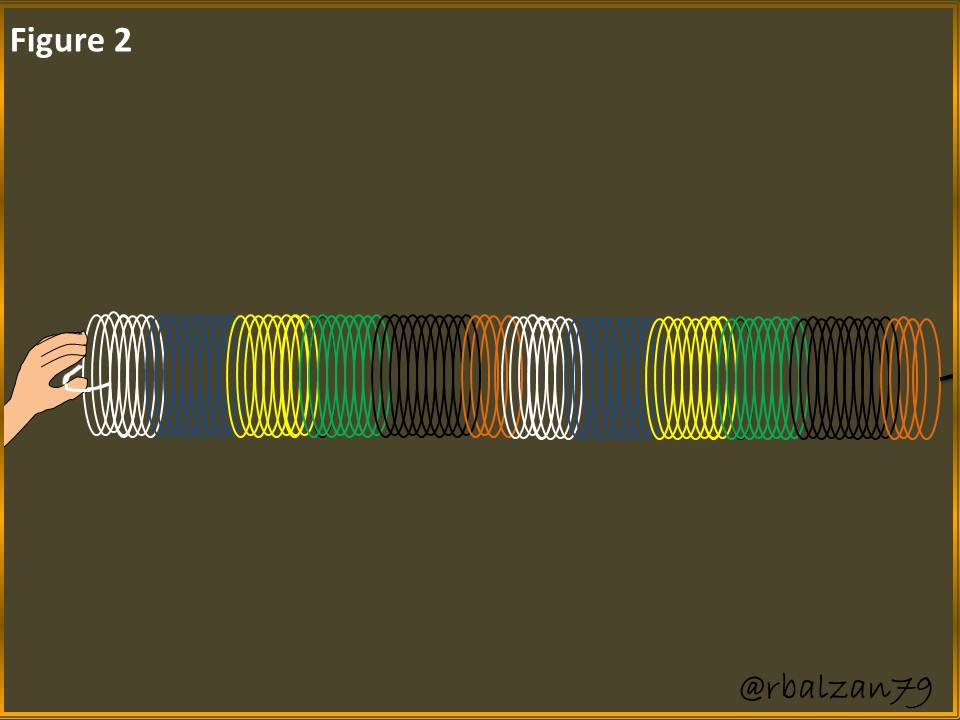
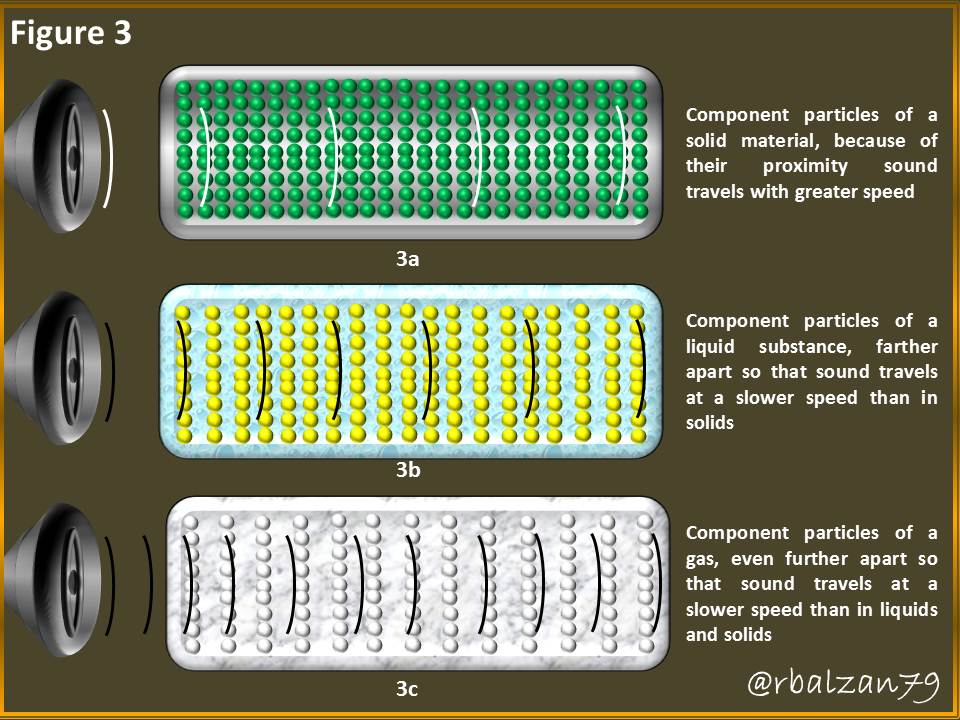
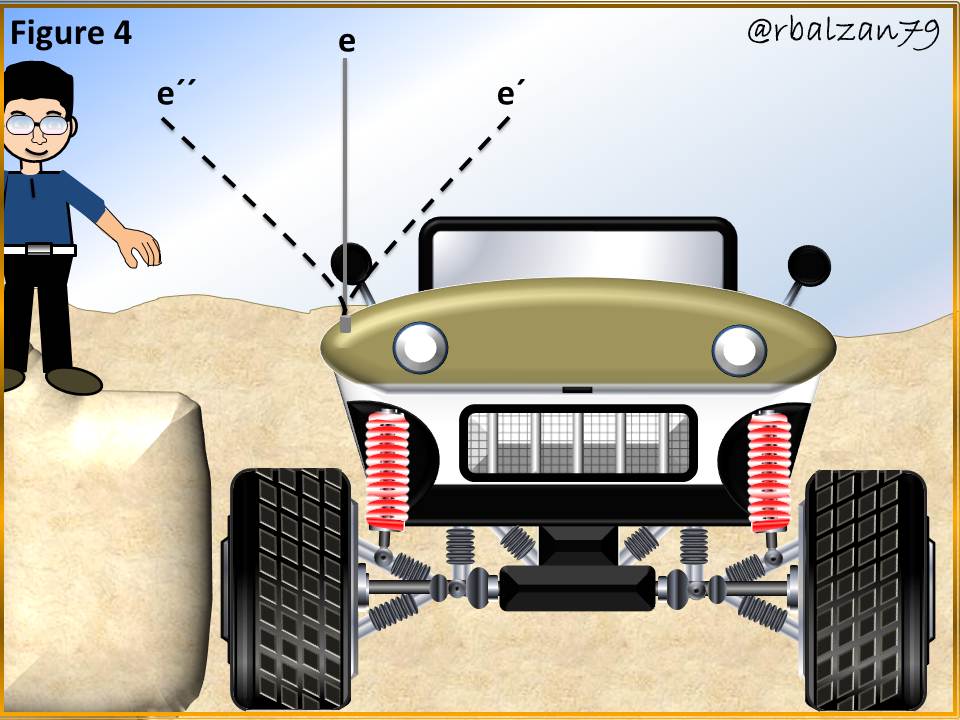
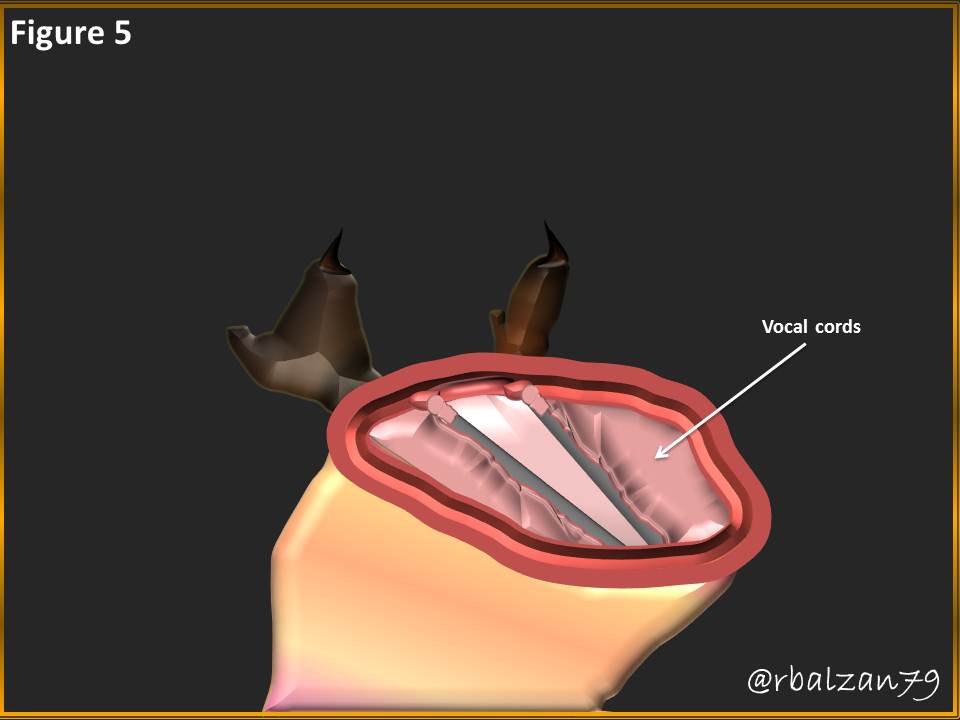
Thanks for educating us. As a non-physics person, I just learned the reason why sound will travel faster in air and solid as compared to liquid. However, I really use to think that molecules of solids are more tightly packed than liquid. SO, it seems I've been wrong all this while?
First of all I hope you are well, thank you very much for your visit to my article, to answer your interesting question or concern let me quote the following paragraph of my article:
Clearly we can see how the speed of sound is different in the three material media mentioned above, therefore, the sound has a higher propagation speed in solids (from 14.7 to 17.6 times more than in air, for example glass), if we move to liquids, in this case water, the sound has a propagation speed of 3.79 times more than in air, my dear friend this comes to express that in the air sound waves or sound rays propagate more slowly than in solids or liquids.
In Figure 3 of this article we can observe the above, that is, in solids, due to the approximation of its component particles, sound travels with greater speed, and when these particles are separated, the sound waves decrease their propagation speed, this explains how in the example described above on air, water and glass, the speed of sound propagation in water is lower than in glass, and in air sound travels even slower than in the previous two media.
When sound waves propagate from a source of sound emission to a certain receiver they may encounter different material media other than air and this makes us begin to know other types of phenomena such as absorption, reflection, refraction, among others, but we will continue to expand on this in future presentations.
The following is an illustrative representation of the propagation of sound in the above-mentioned media.
I hope I have clarified your interesting question. Greetings.
Thanks for your contribution to the STEMsocial community. Feel free to join us on discord to get to know the rest of us!
Please consider supporting our funding proposal, approving our witness (@stem.witness) or delegating to the @stemsocial account (for some ROI).
Please consider using the STEMsocial app app and including @stemsocial as a beneficiary to get a stronger support.